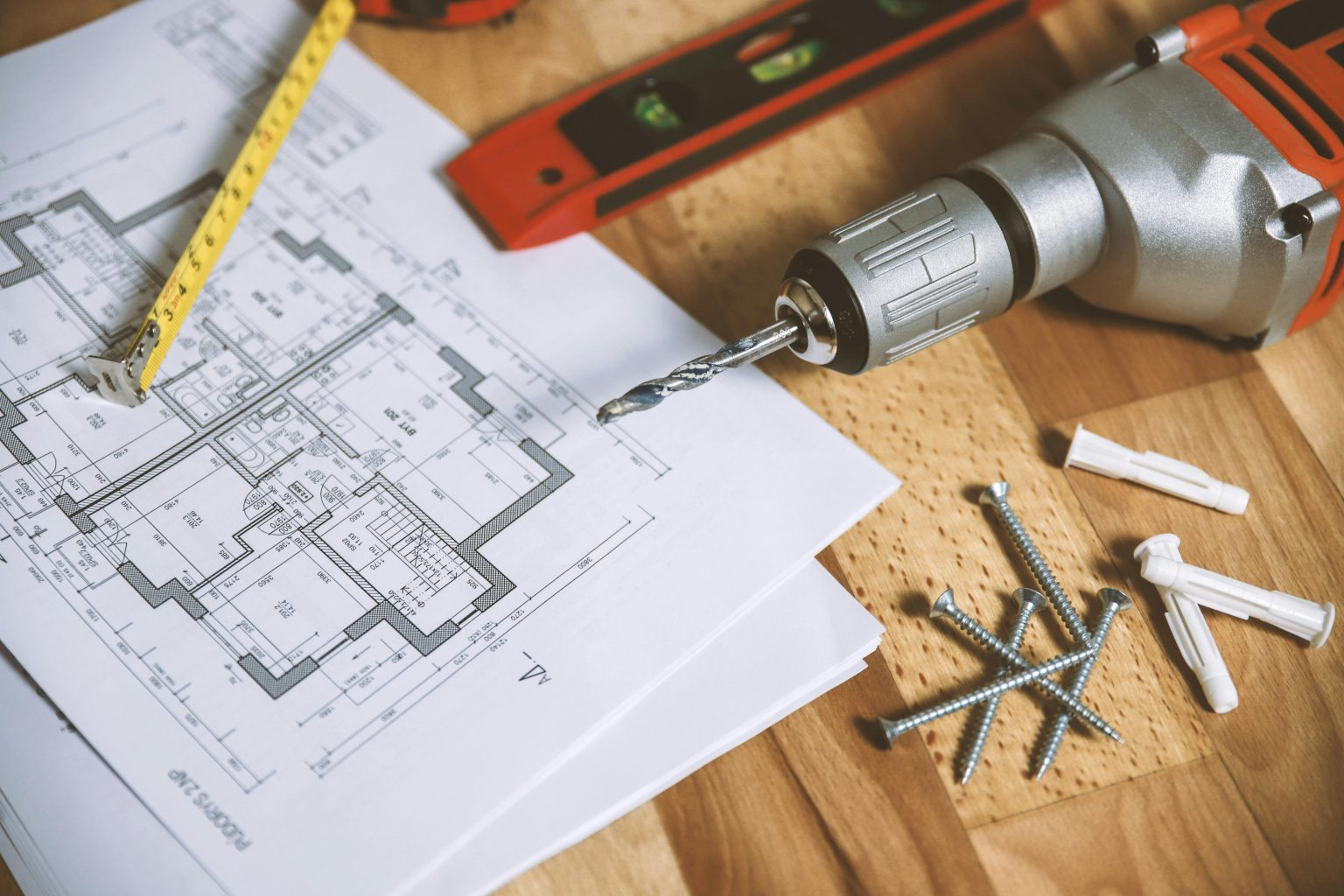Bangs often get a bad reputation as a spontaneous hairstyle change that many end up regretting.
With spring almost here, people are inspired by the change in season, and often decide to change their hairstyle.
This can also mean an uptick in DIY disasters.
To help those inspired by the new season avoid common mistakes, experts at the hair transplant clinic Vera Clinic have shared some essential dos and don’ts for cutting bangs at home.
1. Choose the right style
Different face shapes suit different styles of bangs. Having a reference photo, especially from a celebrity, can help guide your decision.
For example:
- Oval face shapes can pull off most bang styles.
- Square-shaped faces are complemented by curtain bangs or retro choppy styles.
- Rounder face shapes benefit from longer bangs, such as grown-out or side-swept fringes.
- For a versatile option, curtain bangs suit nearly all face shapes.
2. Cut with dry hair
While it might seem logical to follow salon techniques, cutting your bangs when they’re wet can lead to unintended results.
Wet hair appears longer, so when it dries, your bangs may end up much shorter than expected.
To avoid surprises, always cut dry hair and let it fall naturally without pulling it down, as this can also result in a cut that’s too short.
3. Cut vertically with the right tools
Cutting bangs straight across can lead to an uneven or overly blunt look.
Instead, use professional hair-cutting scissors and cut vertically in small sections.
The best results are achieved by trimming in V-shaped snips across the ends.
A comb can help guide the process, but avoid adding tension to the hair, as this might alter the final length.
4. Avoid overcorrecting
If your bangs appear uneven after the first cut, resist the urge to keep trimming in an attempt to fix them.
Overcorrecting can quickly lead to bangs that are much shorter than intended.
It’s best to keep corrections subtle and trim as little of the length as you can. If things go completely wrong, it’s best to seek professional help at a salon.
5. Maintain your bangs
Bangs grow out quickly and require regular trims, typically every three to four weeks.
To keep them looking their best, use a sulfate-free shampoo to prevent dryness and frizz.
Be sure to blow-dry your bangs after washing, directing them into the desired shape. This helps reduce greasiness, and finishing with a blast of cold air will help them set better.
A spokesperson from Vera Clinic has commented,
“Bangs remain a timeless trend and saw a surge in popularity during the COVID-19 pandemic.
“With access to online tutorials, more people are attempting to cut their own bangs, which can be great if done correctly, but a disaster if not.
“If possible, consult a professional. But if you’re cutting them at home, research thoroughly before reaching for the scissors.”









